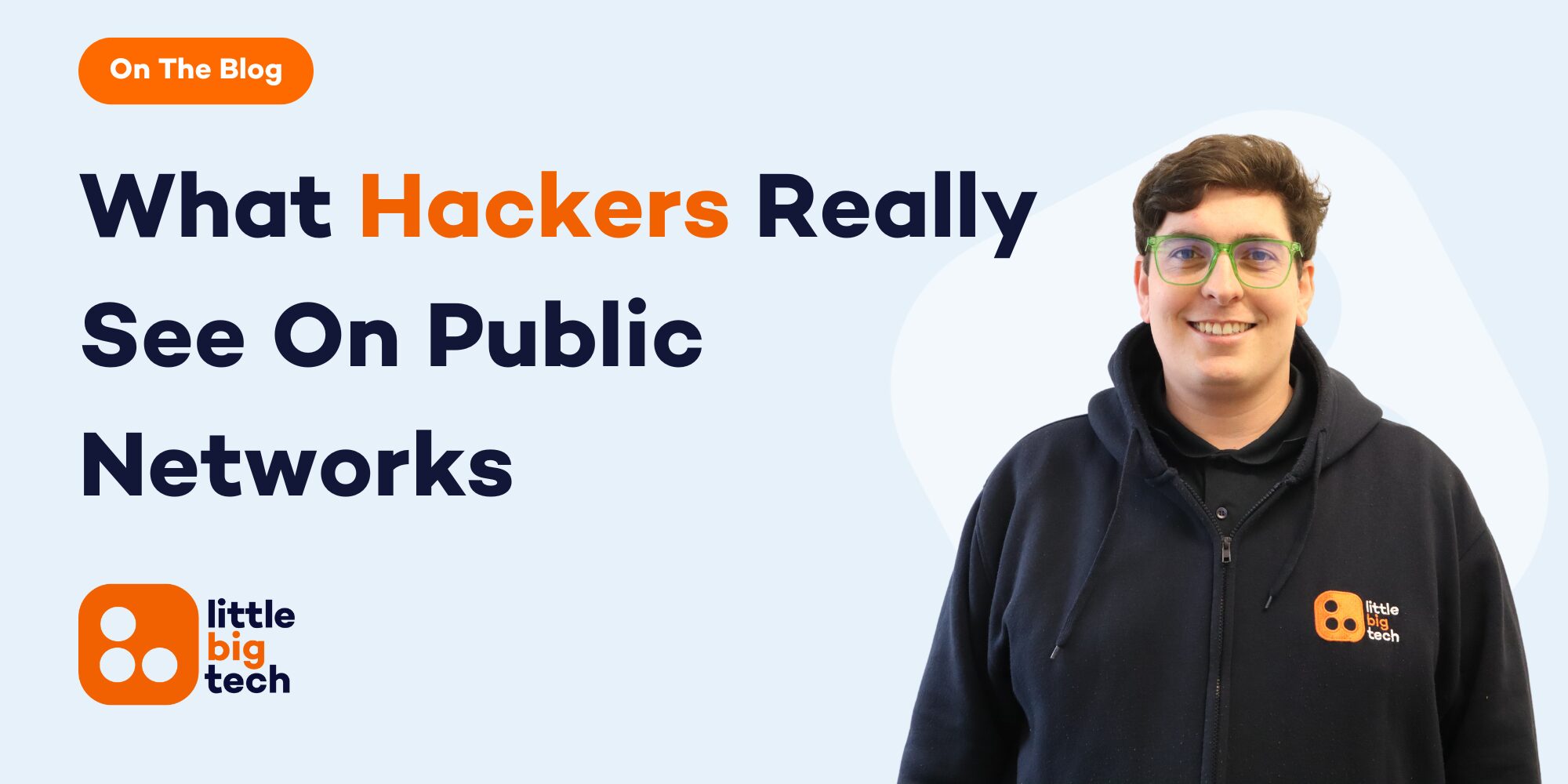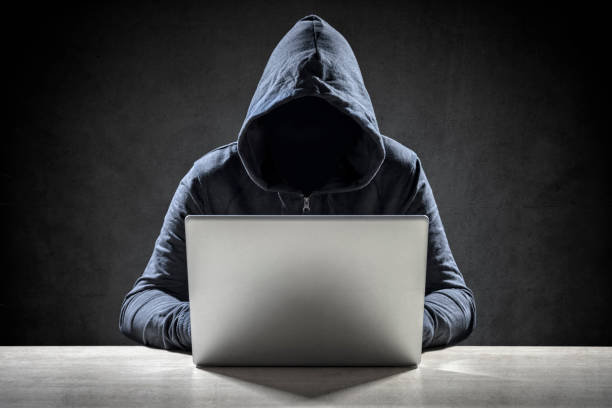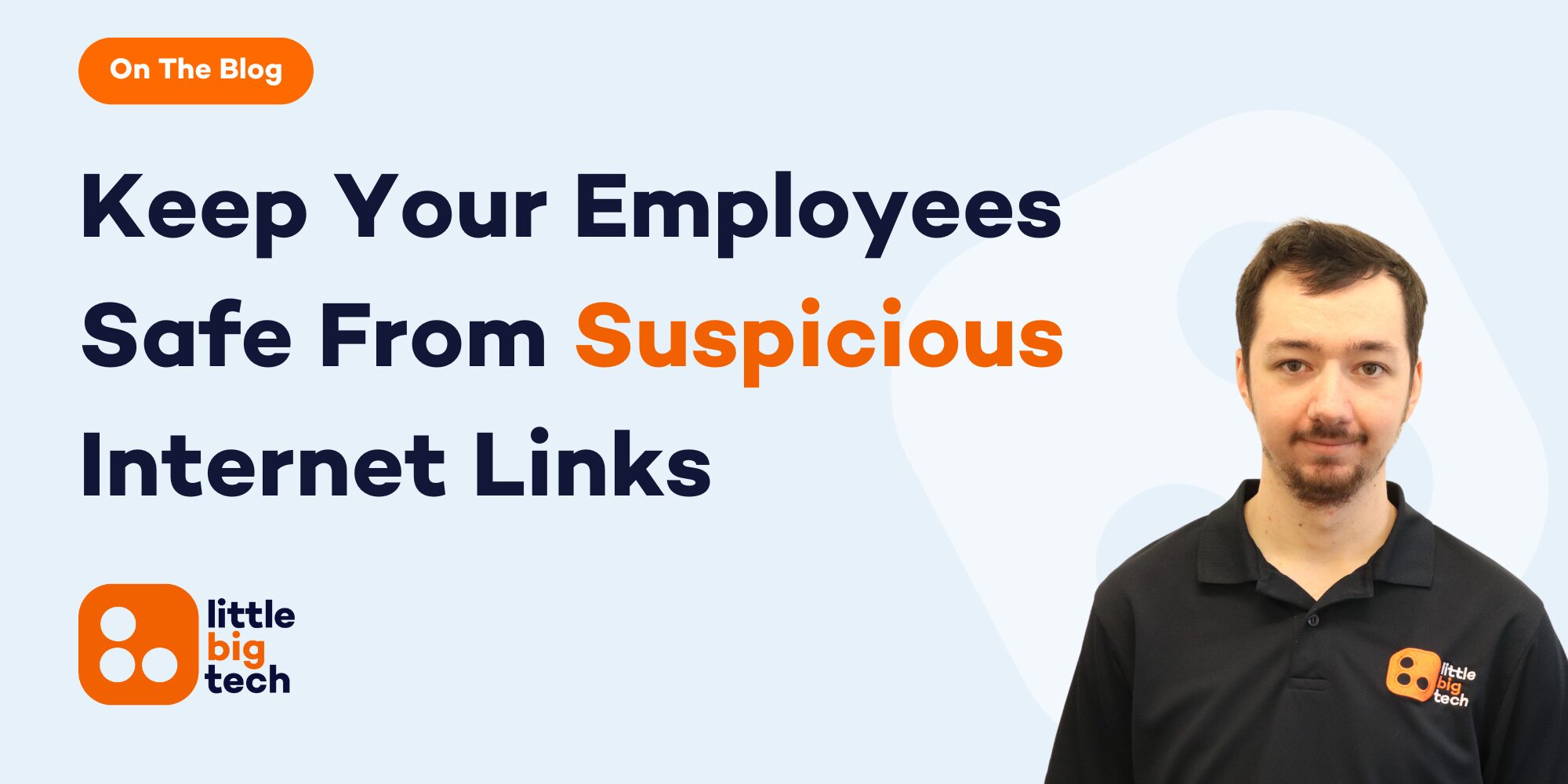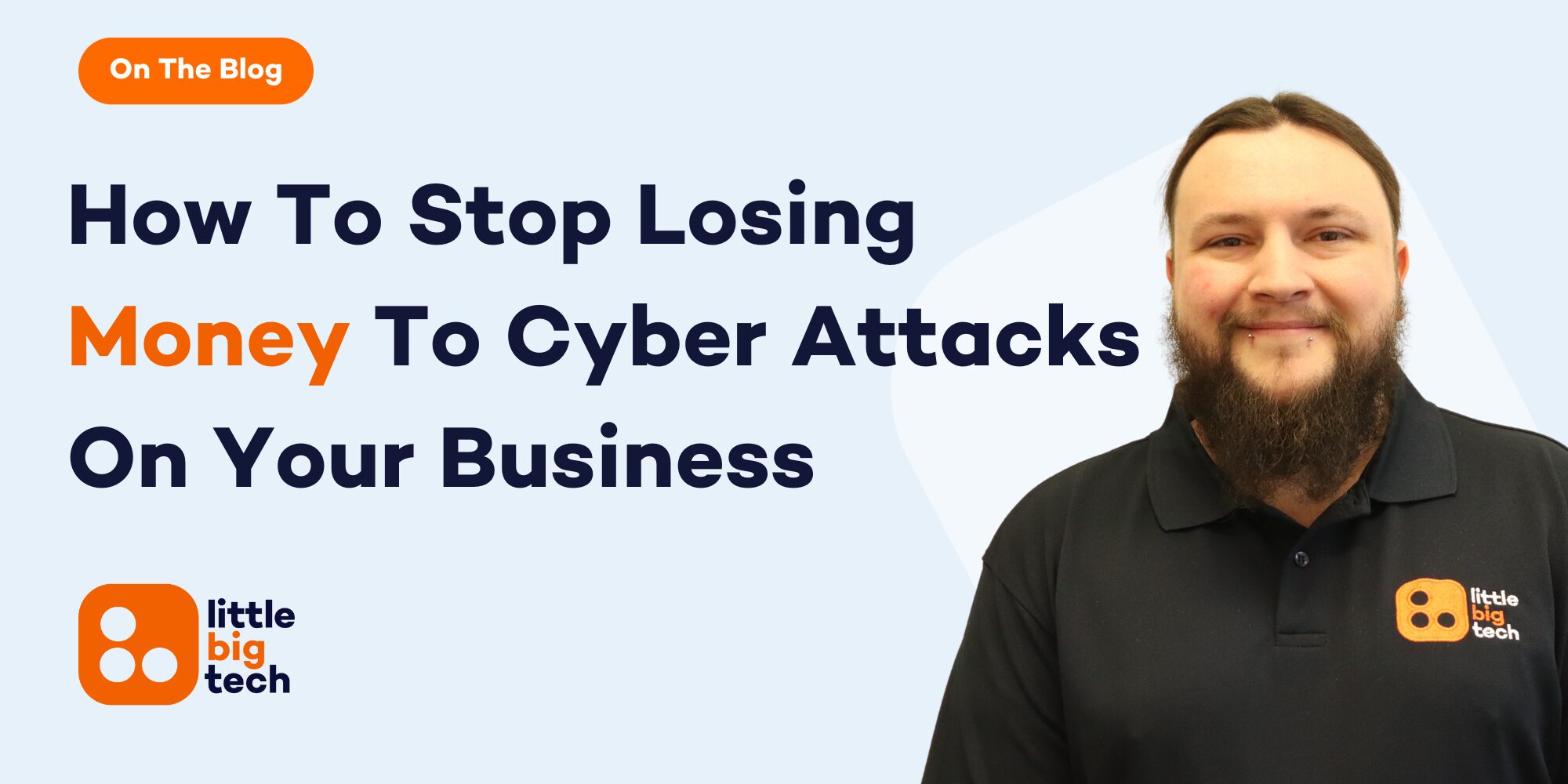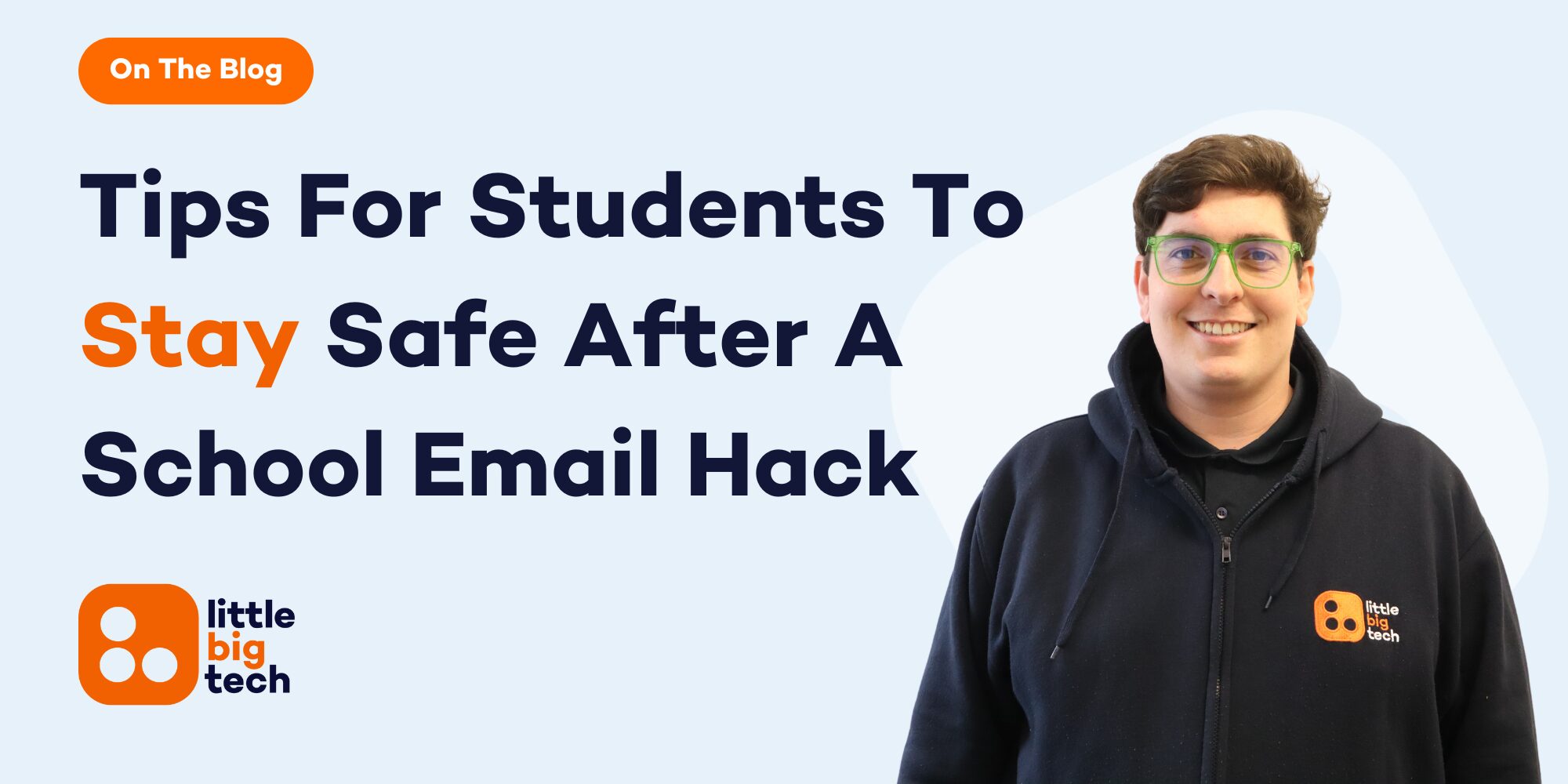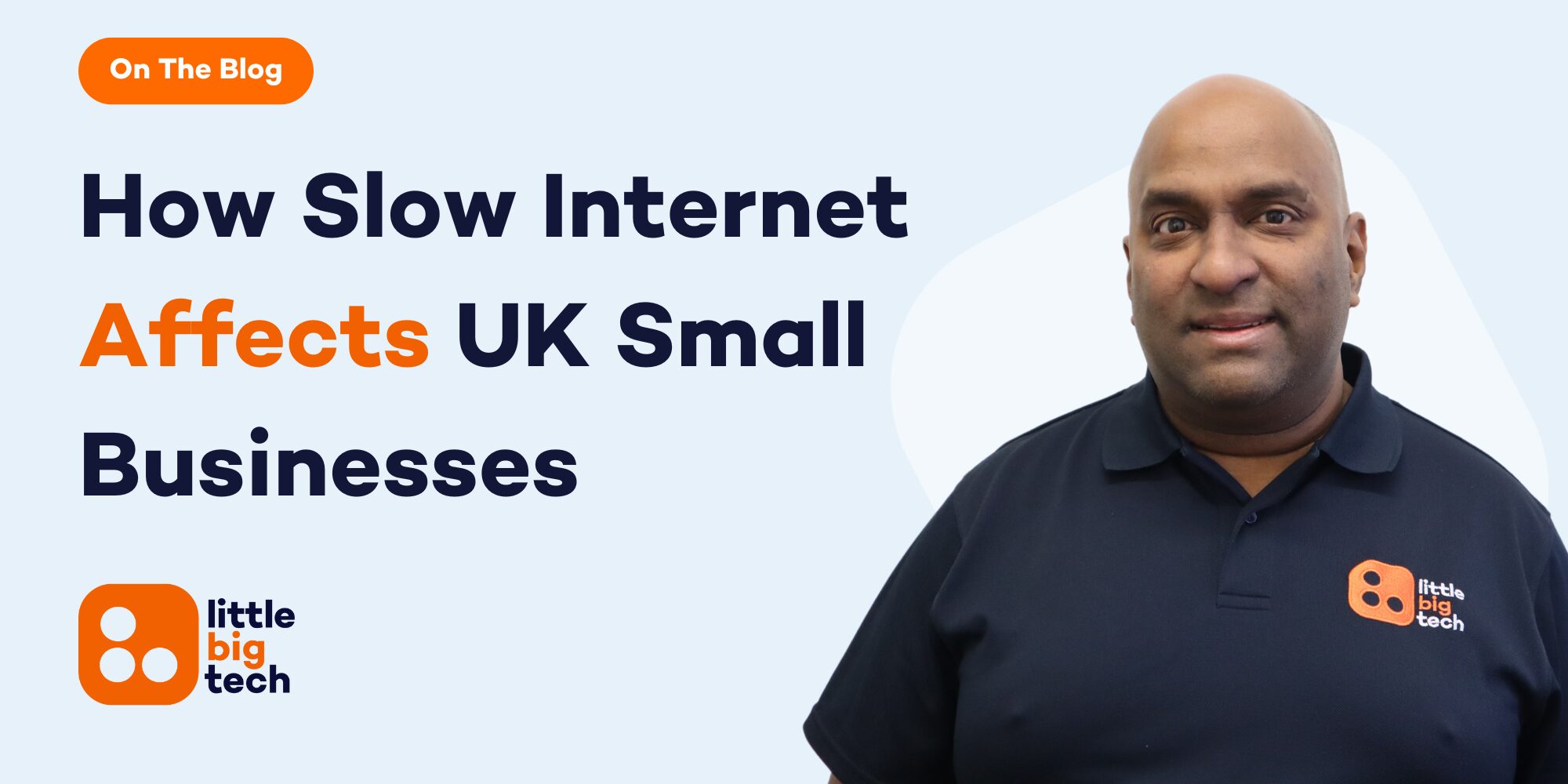Yes, hackers see on public WiFi what most people think is private. If you are checking emails, logging into bank accounts or even just browsing online in a café, hotel, or airport, your data could be watched without you knowing.
Public WiFi often has no real protection. That means anyone on the same network can quietly collect your passwords, emails, private messages, and even your card details. It happens more often than you think, and in most cases, people never realise they’ve been hacked until it’s too late.
When you connect to free WiFi without protection, your device is open to anyone with simple tools. These tools let attackers copy the data you send and receive. Hackers can see what websites you visit, what you type into forms, and in some cases, even your screen activity. Some go further, setting up fake WiFi networks just to trap people. Once connected, everything you do can be captured.
This article gives you the full breakdown. You’ll learn what tools hackers use, what devices are at most risk, and what happens when your details fall into the wrong hands. We’ll also share five clear steps to keep your data safe, with advice straight from industry experts at Little Big Tech.
Let’s uncover what really happens on public WiFi, and how you can protect yourself starting today.
Common Tools Hackers Use To Spy On You Over Public WiFi
Most people have no idea how easy it is for hackers to spy on others using public WiFi. With just a laptop and free software, someone sitting near you in a café or hotel lobby can quietly watch everything you do online. Below are the most common tools used and how they work.
1. Packet Sniffers: These are simple tools that let hackers watch all the data flowing over a network. If a website isn’t using proper encryption (like HTTPS), the hacker can see usernames, passwords, and other private messages being sent or received. Even when some encryption is used, many apps and websites don’t protect all the data, leaving big gaps.
2. Man-in-the-Middle (MITM) Attacks: This trick lets the hacker sit between you and the website or app you’re trying to reach. You think you’re talking directly to your bank or email service, but you’re really talking to the hacker first. They quietly pass your information along and copy it for themselves. You won’t notice anything strange at the time.
3. Fake Hotspots: Hackers can set up their own WiFi network using names like “Free Airport WiFi” or “Coffee_Shop_WiFi”. Once you connect, they control everything. They see where you go online, what you type, and can even plant malware onto your device. It’s one of the easiest ways to trick people on the go.
4. Keyloggers: While not always linked to WiFi, once a hacker has a way in, they can quietly install keylogging software on your device. This tracks everything you type – emails, passwords, card details – and sends it straight to the hacker without you knowing.
5. Session Hijacking: This tool lets hackers take over your active session with a website, especially if it’s poorly protected. You might log in safely, but they can jump in and use your account while it’s still active.
These tools aren’t just used by experts. They’re available online and don’t need a lot of skill. That’s why it’s so risky to trust public WiFi without protection. In the next section, we’ll show exactly what hackers can do with the information they gather – and how it might affect your life or your business.
How Much Can Hackers See On Public WiFi?
Hackers see a lot on public WiFi far more than most people think. When you connect to free WiFi at a café, airport, or hotel, you might believe you’re safe. But without extra protection, you’re basically leaving your personal data wide open. So what exactly can a hacker see?
Your browsing activity: Hackers can track every website you visit. If those websites don’t use strong encryption (HTTPS), they can also read the actual pages you view. This includes news, forums, and even private business tools.
Login details: If you log in to your email, work platform, or online shop, a hacker can see your username and password. Once they have that, they can access your account later, from anywhere. If you use the same password elsewhere, the risk multiplies.
Messages and emails: Sending a message on a website or email client that isn’t secured? Hackers can read your messages in real-time. This is especially risky for people working remotely or accessing work email over public WiFi.
Credit card and banking info: If you shop online or check your banking while connected to public WiFi, hackers can see your card numbers, billing address, and even your full bank login details – especially if the site doesn’t use strong encryption. Even if the page is secure, malware on your device could still send your details back to the hacker.
Private documents and photos: Hackers can access files on your device if your sharing settings are too open or if your firewall is off. This includes saved documents, photos, contracts, and more.
Your location and device details: Hackers can see what type of device you’re using, your software version, and even your IP address. This gives them clues about weak spots in your system.
Put simply, hackers see on public WiFi almost everything you do if you aren’t careful. And once they have your information, they can use it to steal money, copy your identity, or sell your data to others. That’s why the next part of this guide will help you spot warning signs that your device may already be compromised – and how to act fast if it is.
How To Know If You’ve Been Hacked After Using Public WiFi
Public WiFi can be a hacker’s dream. But how do you know if you’ve already been targeted? Many people only realise something’s wrong when it’s too late. Below are clear signs your device might have been hacked after using public WiFi, and what to do next.
1. Strange pop-ups keep appearing: If adverts or alerts suddenly flood your screen, especially ones asking you to install software or click unknown links, it’s a warning sign. Hackers often use pop-ups to get you to install more harmful programs without realising.
2. Slow performance and overheating: If your phone or laptop suddenly feels slow, crashes often or starts to overheat when you’re barely using it, malware might be running in the background. Hackers often install tools that quietly collect your data or run fake tasks.
3. Apps you didn’t download: Go through your apps or installed software. If anything is unfamiliar or looks suspicious, it might have been downloaded during a public WiFi session without your permission.
4. Battery drains too fast: A device that runs out of battery far quicker than usual may have malware working in the background. If this started happening after using a free WiFi network, it’s a red flag.
5. Your login details stop working: If you suddenly can’t access your email, social media or work accounts, it may mean a hacker has changed your passwords. This is especially common if you logged into those accounts while on an open WiFi network.
6. You see transactions you don’t recognise: Whether it’s your PayPal account or online banking, if money has been taken or odd purchases appear, act immediately. Hackers may have seen your card details over an unsecured WiFi connection.
7. Your contacts say you’ve been hacked: If friends or colleagues receive strange messages or emails from you, it’s likely your account has been taken over. This is a common trick to spread malware to others.
What should you do?
Turn off the device’s WiFi and disconnect from the network. Run a full virus and malware scan. If you find anything suspicious, change all your passwords from a different, secure device. Also, contact your IT support team or bank if sensitive data was shared.
Spotting the signs early can save your money, accounts and personal safety.

What You Should Never Do On Public WiFi
Using public WiFi might feel convenient, but there are some things you should never do while connected to it. These simple actions can expose you to hackers watching and stealing your data. If you’ve ever wondered how to avoid becoming a victim, these points will help you stay safe.
1. Never log into your bank account: Public WiFi is not a safe place for anything to do with money. If you log into your bank or financial apps while on a public network, hackers can easily intercept your login details. Always wait until you’re back on a secure connection.
2. Never enter passwords on unfamiliar websites: Fake websites that look real are one of the most common tricks hackers use. If you’re using public WiFi, only visit sites you know and trust. Avoid entering your passwords or personal details unless you’re absolutely sure it’s a secure connection.
3. Never use websites without HTTPS: If the website’s address doesn’t begin with “https://”, your data is not encrypted. That means hackers can see everything you’re doing, including your messages and passwords. Always look for the padlock symbol before doing anything sensitive.
4. Never share private files: Sending documents, especially work-related ones, over public WiFi puts them at risk of being intercepted. Hackers can grab files in transit and gain access to your systems or client data. Avoid file sharing unless you’re on a private, protected connection.
5. Never let your device auto-connect: Many devices are set to connect automatically to open WiFi networks. This makes it easy for hackers to set up fake hotspots with names like “Free Airport WiFi.” Turn off auto-connect and only join networks you know.
6. Never forget to log out: If you’ve logged into anything while using public WiFi, log out before disconnecting. Staying logged in could leave a door open for someone else to take over your session once you’re offline.
7. Never ignore software updates: Outdated apps and operating systems are easier for hackers to exploit. Make sure your device is updated regularly so security gaps are patched before hackers take advantage.
Avoiding these actions can make a massive difference in how protected you are while using public networks. The truth is, even one careless click on public WiFi can cause a chain reaction that affects your personal life, finances or work.
Expert Advice On What Hackers See On Public WiFi
At Little Big Tech, we’ve seen first-hand how simple mistakes on public WiFi turn into major problems. Hackers don’t need much to access your private details. Sometimes, just connecting to the wrong hotspot is all it takes for your device to become exposed.
The truth is, the amount of data hackers can see on public WiFi is often underestimated. We’re talking about login credentials, banking activity, email content, personal messages, and even work-related files. Most people only realise the risk after the damage is done. That’s why we always encourage both individuals and businesses to take the right precautions early.
If you absolutely must use public WiFi, always do it with full awareness. Avoid logging into sensitive accounts, and never trust open networks with your passwords or payment details. Use two-factor authentication wherever possible and keep your software up to date.
But if you want complete confidence in your online safety, then it’s time to take things a step further. Our team at Little Big Tech offers real-time protection, advanced monitoring and expert guidance that keeps you a step ahead of the risks. We don’t just fix problems. We stop them before they start.
So if you’ve ever asked yourself “how much can hackers see on public WiFi?” — the answer is more than you think. But with the right help, you can stay protected no matter where you connect.
Need to speak to us? Call us now on 03333 055 331. We’re here to help you stay safe online, every step of the way.

